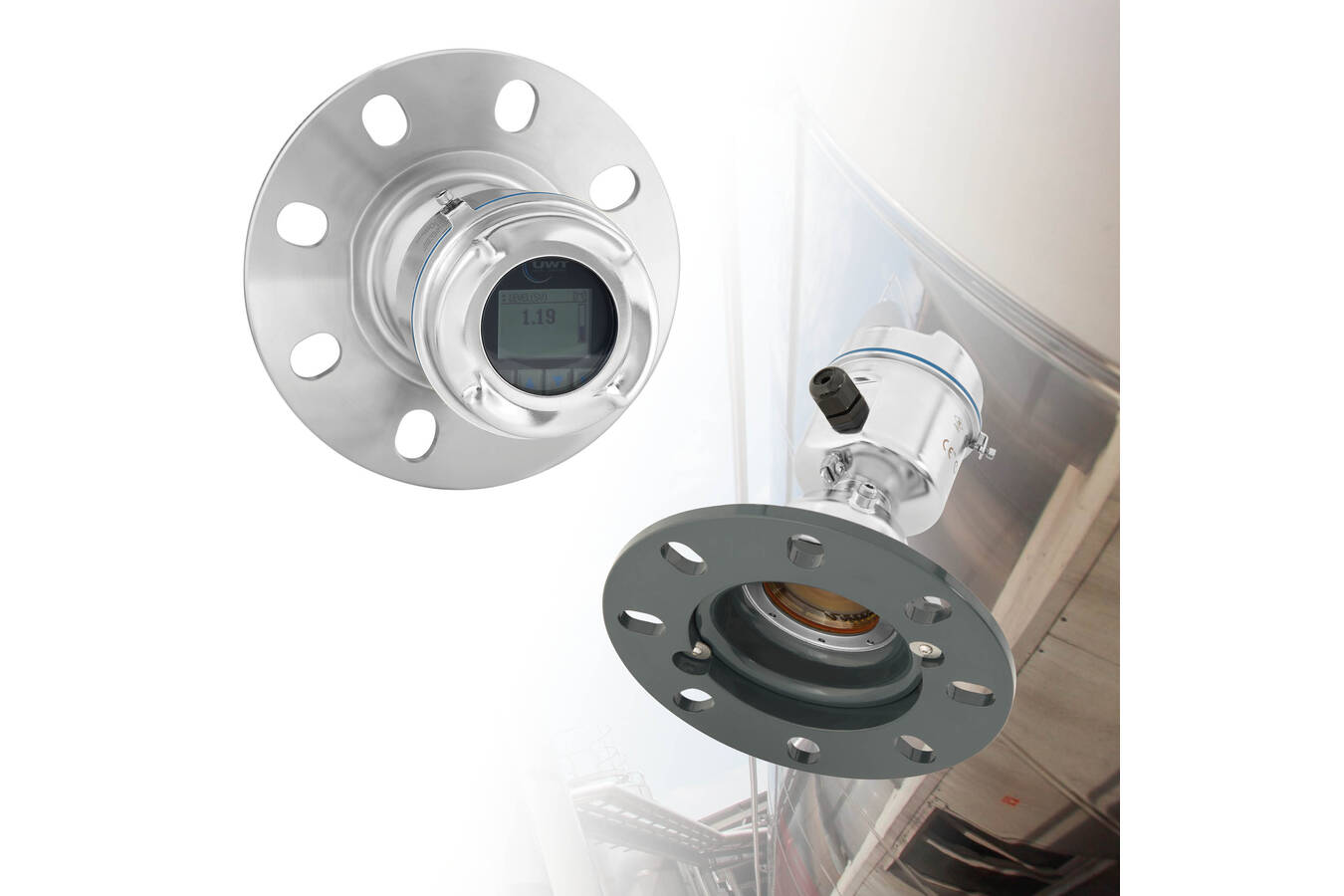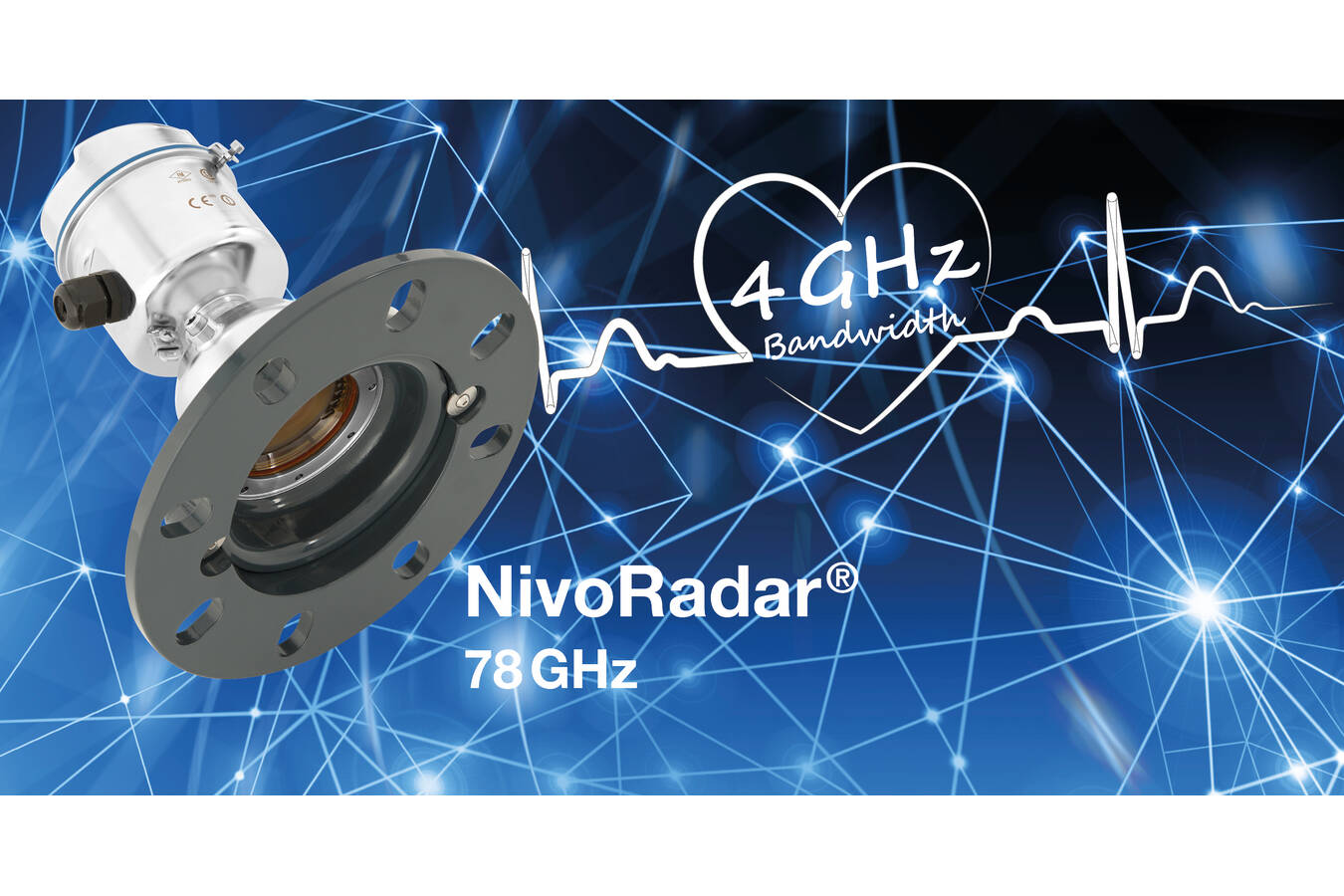VIDEO: htttp://www.youtube.com/v/AG9wK-iev20
Non-contact radar level measurement with NivoRadar® NR 3000
A leading supplier of building materials in South Africa was looking after a reliable continuous level measurement solution for his process hopper
The application revolved along a train tippler that tips the contents of the train truck with coal into the hopper below which is then conveyed to the site. The measurement units have to meet the highly accurate demands and cope in the challenging environment.
The mining sector in South Africa was once the primary driving force behind the history and development of Africa’s most advanced and richest economy. South African mining companies are key players in global industry and the country is the third largest coal exporter in the world.
The plant operator has been producing cement, aggregates, lime, ready mix and fly ash since 1892 and now operates with 11 factories in South Africa, Botswana, DRC, Ethiopia, Rwanda and Zimbabwe. With regard to the modernization of the facilities close to Cape town he was looking after innovative continuous level measurement equipment.
Due to the nature of the application, the electromechanical lot system, which is very popular in the cement manufacturing sector was not the optimum solution here. Because of the fast running process flow and the dust intensive atmosphere UWT engineers together with the local partner Morton Controls CC configured a radar free-radiating measurement detection. Installed was the NivoRadar® NR 3000 with a dust tube fitted with air purge to keep the dust off the lens. The radar was installed on a beam that was hanging over the bulk of the coal. The measuring distance is about 45 meters (147ft), there are temperatures of up to 80°C (176°F) and process pressure of up to 0,8bar (11,6psi). The material density is about 800g/l and the DK value differ between 2.0 – 3.0 with a granular material characteristic. There are some vibration within the application, low moisture, no electrostatic charge but a very dusty atmosphere. After 2 weeks of successful testing the choice of the right sensor solution was confirmed and several units were implemented into the plant application. The dusty environment was successfully overcome by the dust tube and airline connected to purge the lens. Accurate and repeatable reliable readings meant a successful solution to this difficult application.
The NivoRadar® NR 3000 is certified for hazardous locations (Zone 20/21). The robust stainless steel construction makes the continuous level measurement extremely suitable for this kinds of application. The unit operates at a high frequency of 78 GHz. This delivers a very small beam angle of 4° which eliminates any signal interference at the flange but allows for optimum reflection of the bulk solids material. You can measure distances up to 100 meters (328ft) and the sensor can be used in very fine as well as rough-grained solids due to the high sensitivity range. The NivoRadar® offers a flat flange and aiming flange version. Using the adjustable aiming flange, the radar was perfectly aligned since the probe could be fixed to the desired point and the angle of the beam can be set to the desired point. Thus the installed radar sensor could be exactly placed over the trippler hopper and adjusted for continuous level detection of the material without delay and spurious echo even within limited space. By the non-contact technology sided cones didn’t influence the measuring results. The lens antenna is highly resistant to material deposits and offers a self-clean function for the sticky solids using an air flush connection. Even within applications where condensation occurs, the flushing connection provides a functionally reliable measurement.
The device uses a two-wire technology and is made simple to operate via a local programmer with Quick Start Wizard and a plug in display that allows programming and diagnostics on-site. The unshielded radar sensor has a completely dustproof design and provides reliable measurement results in high process temperatures up to 200°C (392 °F).
More efficient silo management by visualization of stock level
The next consideration of the plant operator was at this point of production to connect the radar sensor to a complete system for level monitoring for an improved transparency concerning silo management. The measurement system devices communicate directly with PLC control systems via an analog 4…20ma signal or even a MODBUS RTU or Profibus digital protocol. The level signals of the installed radar sensors on each silo could be bundled by the visualization software NivoTec® combined with a Wago WebController. The plant could securely access this information (password-protected), at any time of the day via any internet broswer over a predefined IP address using the visualisation software. It is possible to include any number of other measuring points in the visualization system - without additional hardware costs. By these level monitoring and visualization the plant got a complete system for fill level and trend display, data storage and remote fill level information.
Conclusion: Measurement technology is just a small wheel but offers big support
Level measurement technology is multifaceted and rarely stands still. Exciting and challenging developments in different applications mean that the product range continuously has to grow and develop to meet these requirements. For continuous and point level measurement technology plant operators often need individually tailored solutions for their material manufacturing processes. Each process has a specific requirement or demand for the sensor.
With particular attention to single steps during the manufacturing of the cement producing company in South Africa, the customized level measurement was a crucial component to support the smooth running process flow – avoid overfill protection, quick response when it comes to silo emptying, transparency and control over content level within the vessels at any time.
With application-oriented product design of the installed radar sensor and paddle switch - supported by the level control visualization system - a high degree of compatibility for the silos and vessels was given, so that they could be seamlessly integrated into the installations ensuring the optimal silo management.
Historical digression
We love a little bit of history, and coal mining has an interesting tale to be told. One of the largest mining industries, mining for coal started out in the 18th century and boomed all the way to the 1950’s. Although maybe not as huge as some other mined commodities, coal is still a valuable form of energy for open-pit extraction.
Interestingly, tunnelling into the earth to pull the coal was the initial method, but had to be stopped due to the perilous vapours that were emitted (carbon monoxide, carbon dioxide, and hydrogen sulphite) deadly to say the least. The sensors now used in the coal mining process have helped with detecting these harmful vapours and have progressed from the mining’s canary method.
What is the Miners Canary?
If you know mining, you would have heard of this amazing story. Very simply, miners would take a canary in a cage down with them as they descended. Canaries were known to be very sensitive to odourless vapours, such as carbon monoxide, and they would show effects of distress, rocking from side to side, before falling off their perches.
While not a very animal safe procedure, it was known to have saved many human lives. After a time, the canary method of detection was stopped as it proved not to be as effective as they assumed it was.
The Pellistor was introduced as a catalytic sensor and was able to detect a very wide range of toxic vapours and flammable gases. Due to limitations, such as malfunction when exposed to chemicals with chlorine, sulphur, halogen, and any metals containing silicon or lead; as well as high costs to maintain the pellistor, this method was withdrawn. The more modern and more effective method is the infrared LED – based Gas Sensor.



